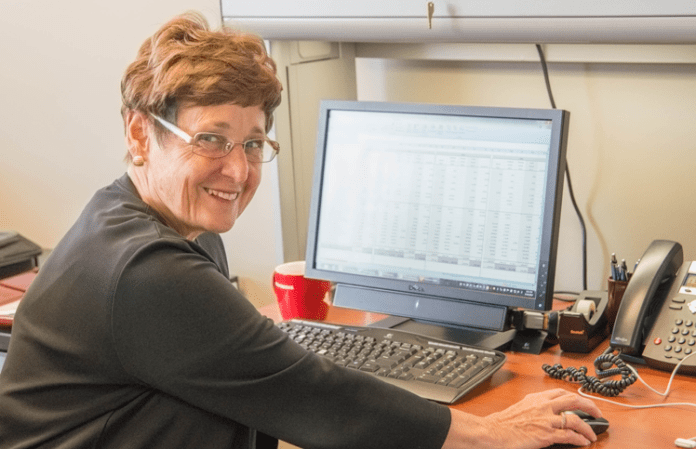Capital makes the business world go round. But while the dictionary definition of capital may be simple – money or other assets that make up wealth – it doesn’t take long to realize that in the real world capital comes in many shapes, sizes and flavors.
Companies need capital for different reasons: for the minimal basics like space and equipment, to fund operations during a slow period, to expand rapidly in a push to define a new market, and so on. And business owners know there are many places to turn when they need capital – their own piggybanks (or home equity), friends and family, banks, angel investors, venture capitalists, shareholders.
But knowing what’s out there is not enough. For a capital-hungry company to find the cash infusion that it needs, its leaders have to understand their place in the business world, said Kathy Sego, an expert in business finance who currently acts as chief financial officer for several area companies and is a member of Keiretsu Forum Northwest.
“The big issue is how and where you obtain capital,” Sego said. “But the basic tenets for companies at every stage are really the same: You need to have a good company on the building blocks of your company from inception.”
Mom-and-pop shops
Small “lifestyle businesses” – those that pay enough to cover operations and perhaps support the owner, but that don’t have many ambitions or opportunities for rapid expansion – face the biggest hurdles in raising capital.
Venture and angel investors are generally not interested in these smaller mom-and-pop shops because investors like to bet big on the opportunity for a big reward.
“For starting up a lifestyle business, your sources of capital pretty much come from boot-strapping,” Sego said. “Leverage your own capital, build your business through cash flow, and maybe depend on family.”
These companies may be able to qualify for a start-up bank loan if they approach lenders with a strong, thought-out business plan, though banks are more likely to require a steady history and established steady cash flow.
Even then, Sego said, “Banks are not likely to open up the gates for money, if you don’t have a model that is going to create a lot of revenue.”
Small but growing
Companies that have potential to grow quickly or establish new market spaces have a different set of options. These include spinoffs out of high-tech firms like Wafertech or Sharp, for example, as well as organic companies that serve a new market space.
Before looking for capital, these companies should have at least a small customer base to validate what they say about market demand, Sego said. And they should skip banks, which tend to be risk averse, and go directly to angel investors to fund their growth.
“If they are likely to grow from zero to 100 very quickly, and the people in leadership have strong backgrounds, they will have access to the angel market fairly early on,” Sego said. With demonstrated demand, “they can access between $1 million and $3 million in the larger angel networks. But they have to have something unique, with larger potential.”
And unlike banks, which expect to be paid back with interest, angel investors want an ownership stake so they can cash in if the start-up makes it big.
Established and expanding
Venture capitalists, likewise, want to own a share of the companies they invest in – but this source of capital is generally available only to companies that have better established their potential, and that require even more funding to grow.
“Once they have a solid base of customers and a solid market segment, if a company is worth about $10 million for example, the VCs will start looking,” Sego said. “Venture capitalists want to invest about $5 million, and they want to own about a third of the company.”
At this stage, some business owners may be hesitant to give up such a large share of ownership. Depending on the cash flow and market segment, banks may be a good option. Bankers are generally more risk averse than venture capitalists, however, so not all companies will qualify.
Not sure where to start?
When a company begins the hunt for capital, it’s not uncommon for its owner to be unsure about where to start.
Sego said she advocates contacting the Columbia River Economic Development Council. The CREDC is not a source of capital itself, but its staff have experience guiding companies at every stage of development, and can refer companies to banks and investors as appropriate.
Sometimes a company will have work to do before it’s ready to start seeking loans and investments – especially if it was started by an expert in a product without advice from experts in finance and law.
“You have to have a strong financial partner that gets your books done and have a strong operational base established,” Sego said. “Your due diligence starts from the day you open your door. Your files and records are in good shape. At that point, it’s much easier to raise capital.”




